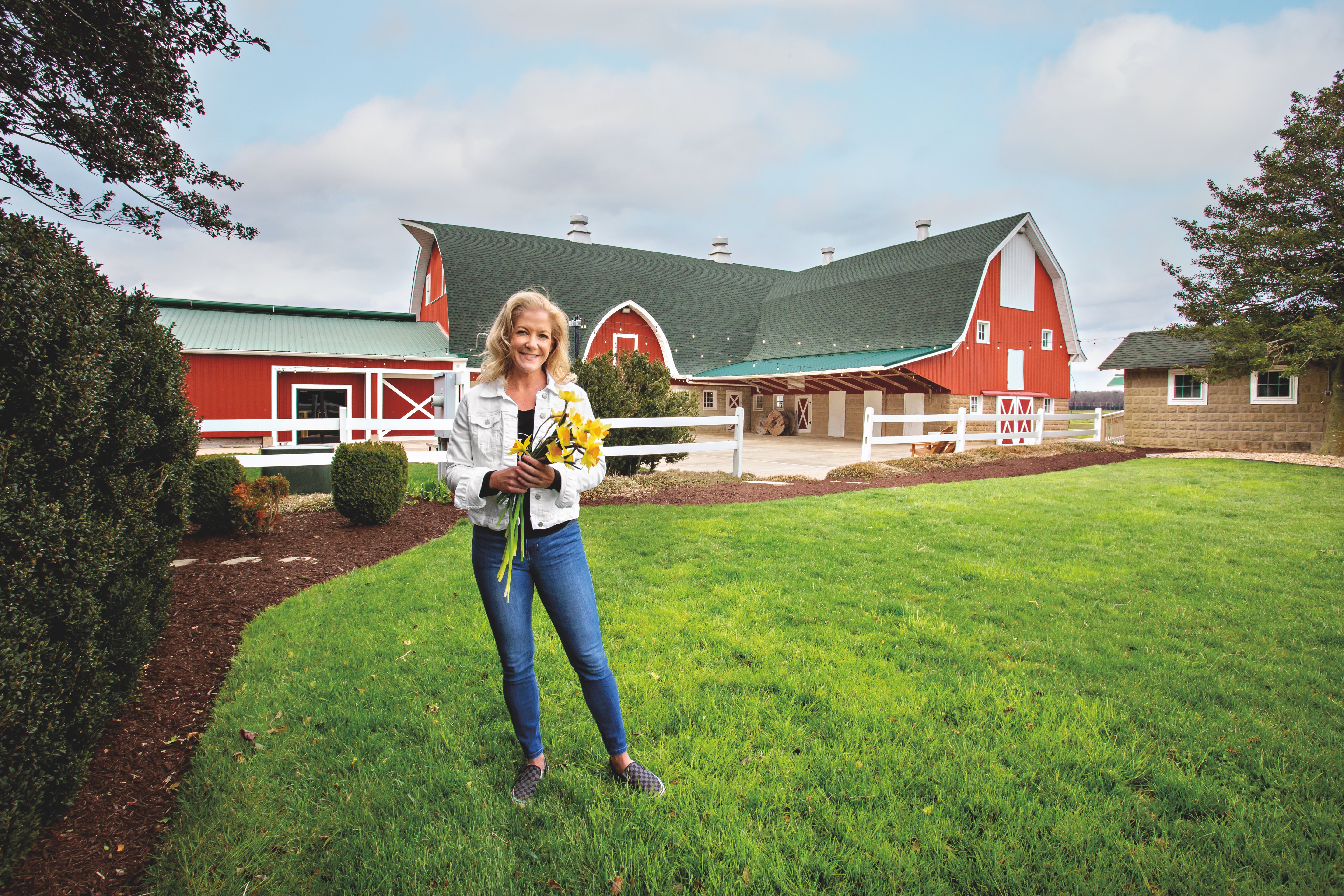Homegrown Favorites
- Details
- Written by Kris Legates
There’s a strong local appetite for farmers markets, which vendors are eager to satisfy
By Pam George
Photograph by Pamela Aquilani
From the June 2022 issue

Rehoboth Beach resident Pat Coluzzi once dreaded buying groceries in the summer. The errand required a trip on Route 1, which often resembles a parking lot. So, in 2007, she spearheaded the formation of the Rehoboth Beach Farmers Market in Grove Park. The ability to find fresh food within walking distance wasn’t the only motive. “I wanted to do something specifically for the community,” she recalls.
The Tuesday market had 14 vendors for its inaugural year. Now it averages around 38 and has a waiting list. And, as Coluzzi had hoped, the market is a social hub. “People hang out with friends, listen to music — that’s what it’s all about,” she says.
They Came Back
- Details
- Written by Kris Legates
Coastal Delaware exerts a strong pull on area natives whose careers took them elsewhere
By Bill Newcott
Photograph by Carolyn Watson
From the June 2022 issue

Walking across the stage for her 1995 graduation from Cape Henlopen High School, Ingrid Hopkins knew one thing for sure: She was getting out of here.
Not that she had been unhappy with her childhood on a dairy farm, her family or her friends. But the world outside coastal Delaware was beckoning, and she was answering the call: The following fall she began a life journey that took her to veterinary nursing school at Pennsylvania’s Delaware Valley University, then to a couple of horse farms — first in Indiana, then in Florida.
The Making of a Menu
- Details
- Written by Kris Legates
Coming up with the right combo takes time and a willingness to test new ideas
By Pam George
Photograph by Scott Nathan
From the May 2022 issue

As a young chef, Lisa DiFebo-Osias worked in Florida and New York establishments, executing the same dishes each night. The then-20-year-old quickly grew bored, and she vowed that no one working under her would feel that way.
Today, the owner of two coastal DiFebo’s restaurants revamps her menu every three months. “And sometimes, depending on my travels, I might change it every week to reflect where I’ve been that week or that month,” says DiFebo-Osias, who has locations in Bethany Beach and downtown Rehoboth.
Menu planning, however, is far from easy. Indeed, DiFebo-Osias and her husband, Jeff Osias, have spent plenty of road trips hotly debating a new dish’s merits or the validity of an ingredient. The brainstorming part is only the beginning. Chefs must also consider the concept, sales, seasonality, sustainability and price.
In a competitive market like this one, the right blend is crucial.



